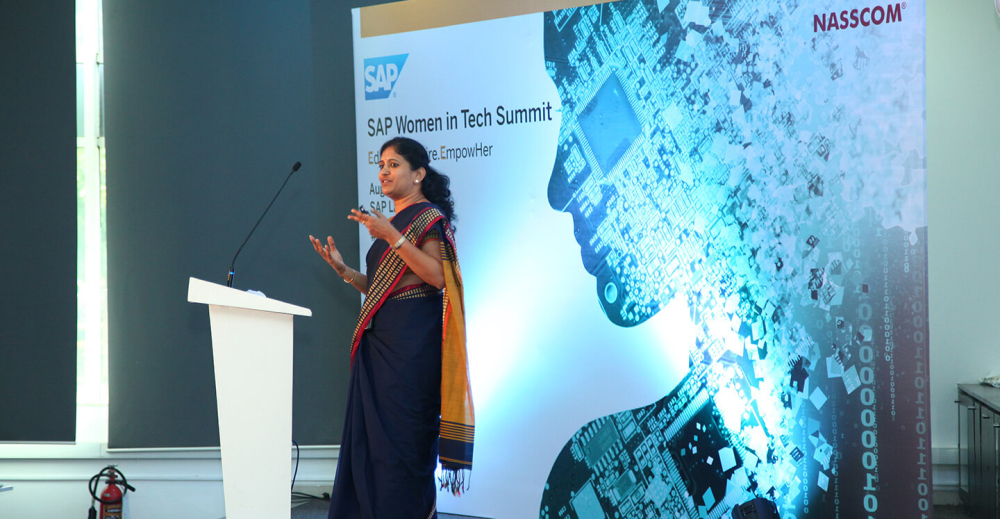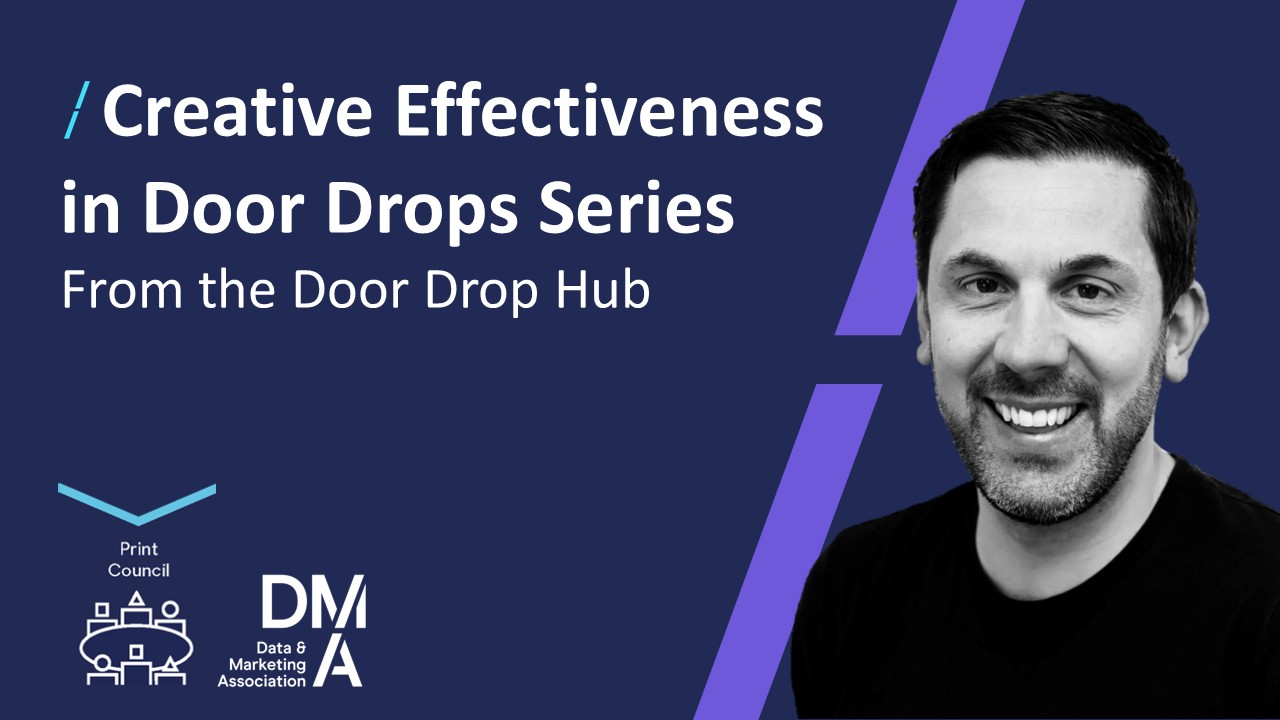Interconnectedness Unites Our Successes and Our Failures
15 Sep 2016

From mainframe to minicomputers to client/server to the Internet, we are now in the era of 5th-generation technologies like social, mobile, analytics, cloud, IoT, and AI. According to Global Digital Snapshot report, out of the world population of 7.395 billion, 3.2 billion are on the Internet and 2.3 billion are active social media users. With projections of over 4 billion people going online by 2020, Humankind is more connected than ever before. We are the Generation C humans who are constantly connected, communicating, content-centric, computerized, community-orientated, and always clicking!
Our day-to-day activities have changed in the last few decades. We are able to accomplish both simple and complex tasks with digital assistance. As technology is improving, developments are becoming more human-centric. For example, Apple’s Siri mimics human nature through its responses, and Google tries to understand our behavior to deliver more relevant content and better connect with its users through its various services. As amazing as it seems, this is just the beginning of what we can expect!
As we are adapting to a digital lifestyle, we have started to expect immediate responses and personal attention from the services we interact with. Digital technologies are allowing us to conduct fast and highly interactive research. We are better informed shoppers, and our online and offline shopping behavior is changing. We want to get our jobs done from anywhere, anytime and through any device. Yes, devices are connecting every aspect of our lives today as IoT is rapidly becoming a reality.
A new connected world, another wave of industry transformation
Due to the rapid maturity of IoT, there is an estimate that around 50 billion devices will be connected to the Internet by 2020. A decade back, there used to be <1 device per person, and today, we have an average of 3 to 4 devices per person. Cisco estimates that this average will increase to 7 devices per person (i.e. TV, refrigerator, pc, tablet, phone, car)!
IoT is another major disruption minimizing the human interventions in business and impacting business processes and operations. The resulting hyper-automation will improve human experience and efficiencies. One complex challenge enterprises have to face today is that users are expecting a streamlined experience on every device and channel. There is a need to develop next-generation software applications according to business need, which can be accessed through any device on the IoT ecosystem. This concept is called CONVERGENCE.
The digitisation of globalisation
Technology convergence ensures that the world that we live in is highly interconnected and made up of many distinct but related systems, such as environmental, social, economic, technical, political, and cultural. This interconnectivity is often referred to as 'globalisation' and it's not a new phenomenon. Globalisation created cross-border flows. In the 20th century globalisation, was about tangible flows of physical goods and monetized transactions, mainly between advanced economies. Transportation and infrastructure was critical for flows which were capital- and labour-intensive. Large multinational companies used to drive flows, ideas used to diffuse slowly across borders, and innovation used to flow from advanced to emerging economies.
Today, technology is reducing the cost of production and distribution and is digitally transforming cross-border flows. A more digital form of globalisation has opened the door to developing countries, to small companies and start-ups, and to billions of individuals. Tens of millions of small and midsize enterprises worldwide have turned themselves into exporters of goods and services by joining e-commerce marketplaces such as Alibaba, Amazon, eBay, and Flipkart. Even the smallest enterprises can be born global and can compete with the largest multinationals.
For example, international Skype-call minutes grew to 40% of the present level of traditional international calls in just a decade. Cross-border e-commerce has grown to represent more than 10 percent of trade in goods in less than a decade.
Amazon hosts around 2 million sellers and Alibaba provides a digital platform for over 10 million merchants. Facebook estimates that 50 million small businesses are on its platform. It is not just companies who benefit – individuals everywhere do too. They are using global digital platforms to learn, find work, showcase their talent, and build personal networks. Some 900 million people have international connections on social media, and 360 million take part in cross-border e-commerce. Digital platforms for both traditional employment and freelance assignments are beginning to create a more global labour market.
The new globalisation means new ways of doing business. The networked economy is forcing businesses of all sectors and sizes to expand well beyond their traditional activities. Retailers like Nike have transformed their business model from a clothing manufacturer into a lifestyle brand. Netflix, Amazon, and Apple iTunes have changed how consumers entertain themselves through media, music, and publishing. The disruption caused by hyper-connectivity is far-reaching and growing. It is a ‘Transform or Die’ situation for businesses.
5 ways Digital will make organisations shed old assumptions
1) Rethink global footprint and organizational structures. Using digital platforms and tools, Companies can sell in fast-growing markets while keeping virtual teams connected in real-time.
2) Consider how global value chains are evolving. Companies that deliver digital goods and services can go even further, entering new international markets without establishing a physical presence at all. When Netflix created a subscription model for online streaming, it was able to add customers in 190 countries by using the public cloud.
3) Sharpen product strategies for a more digitally connected world. Many companies, particularly in tech, take the one-world, one-product approach. Apple offers just three models each of its iPhone and iPad, all with consistent design and branding and pricing no matter where they are sold. Facebook, Uber, Amazon and various e-commerce marketplaces have simply scaled up their digital platforms in country after country with limited customization.
4) Go big. Companies in media, fashion, and trend-driven consumer industries are willing to bet big because the flipside of the risk is the ultimate prize: the chance for products to go viral on a global scale.
5) Understand the new competitive landscape. Digital leaders are using technology to capture global economies of scale and spot international market opportunities before anyone else.
Yet complications are now also global and interconnected
New levels of interconnectivity come with a whole new set of precautions. There are cyberattacks being reported every second: misuse of technologies, data fraud, identity theft, and crypto-ransomware (a new kind of malicious software that takes possession of business critical application/network/data and would release them after the ransom is paid). Cybersecurity is now top of mind for most industrial products executives. It’s no wonder that spend on IT security has gone up by 150% in the last two years.
It will take time to work through the digital upheaval. I think that this 24/7 layer of connectedness we’ve adopted has really ramped up the feeling that life is going out of control. Our constant engagement and the beeping and buzzing digital devices we carry around aren’t just causing us to become mega-multitaskers, they are also taking a social and financial toll. It’s the great irony of the digital age: it seems that the more we do, the less that we get done. Maybe it’s our own digital dust that is dragging us down. We have to calibrate our own connectedness, and that’s going to be different for every person.
Sources: wearesocial.com, www.mckinsey.com , www.ey.com
Originally posted on Wipro Digital, an innovation-led, digital transformation partner built for today’s digital challenges.



1.png)

Please login to comment.
Comments